- Home
- Mack Maloney
Attack on Area 51 Page 2
Attack on Area 51 Read online
Page 2
This was why people were so excited by the rumors that Hunter was alive and suddenly back in Football City.
But was that really what was happening? Football City’s top military intelligence officers were on their way to the hospital. The number one question they wanted answered was: Who is this person lying in the ICEU?
If it really was Hunter, where had he been all this time?
And if it wasn’t him, who was it?
Chapter 4
DESPITE THE RAIN, the crowd grew larger around the Football City military hospital as the night wore on.
Word had continued to spread rapidly, causing more and more people to venture out of their homes and into the sodden darkness to the base to see if what everyone was saying was true.
Because most of the streetlights in Football City didn’t work anymore, the crowd had started fires in old trashcans. They lit candles and kept them sheltered from the rain, creating a watery glow that could be seen for miles. They waited for any sign that the person lying in a room on the top floor of the hospital was really their long-lost hero.
The atmosphere inside the ICEU had grown more expectant as well. The military doctors had brought the mystery man’s pulse back up to an acceptable rate. His heart was stabilized; his oxygen levels had risen. While he had dozens of wounds and burns all over his body, none seemed life threatening, and many had been treated.
Still, the ICEU doctors had called for a combat burns surgeon to check over the patient before they completely cut away his bulky space suit.
In the meantime, Football City’s top military intelligence people had arrived and were studying the man as best they could. Six feet tall; ruggedly handsome; blond, rock-star hair; deep-blue eyes—he certainly looked like Hawk Hunter. And there was no doubt he’d arrived in a spacecraft that looked a lot like the Zon, although all that was left of it were bits of burnt dust and metal.
But could this be a ruse of some kind? A fake Hunter sent by an enemy for some reason? Anything was possible these dark days. But again, Football City was a mere shadow of its former self. It was combat-weary and being bled dry. Why would one of its enemies attempt such an elaborate hoax? And to what end?
All of this would be settled if the man could talk, but he still hadn’t regained consciousness. This puzzled the doctors. None of his vital signs indicated a coma, nor was there any outward evidence that he’d suffered a traumatic brain injury.
He just wasn’t conscious—almost as if he was asleep. Or more accurately, in a very deep sleep.
As the doctors were moving their mystery patient to the CAT-scan room to check his brain functions, he suddenly came to life, sitting up on the gurney, startling doctors and nurses alike.
His eyes were wide open, his face full of color. He was looking around, appearing more befuddled than frightened by his surroundings and all the people around him.
Then something came over him. Those who were there would later say it was almost a glow from his head to his feet. His eyes became so intense his irises turned dark. He clenched his fists with so much force he reopened the wounds on his hands, at the same time displaying muscular arms through his ripped space suit. He appeared to be over his confusion.
Suddenly, he seemed to know exactly where he was and what was going on—and what he had to do.
Military Commander Louis St. Louis had just arrived back on the scene. Now the mystery man looked him straight in the eye, maybe because St. Louis was the only face in the crowd he recognized, and said in a calm voice, “Something … is coming.”
With that, the man jumped off the gurney, retrieved his battered helmet resting underneath, and put it back on. When two of the doctors tried to stop him, he gently but firmly resisted their efforts. There were also a dozen soldiers in the hallway looking on. Many of them remembered Hunter from years before; some had even fought alongside him. They simply froze in place.
What was he doing?
The answer came an instant later when Football City’s air-raid sirens started going off. Some were so close by that their wailing shook the walls of the hospital.
The man in the space suit cocked his ear skyward, then looked back at St. Louis, and said, “See what I mean?”
Then he began running. Down the hall, into a stairwell, down the stairs. Knocked back to reality, the doctors started yelling at the soldiers: “Go get him!”
But the man was too quick for them. Down ten flights of stairs in a flash, he burst out of an exit door, which put him on the tarmac of Football City’s main air base.
He started running again, heading for a handful of jet fighters parked near the base’s main runway. The planes made up the bulk of Football City’s ragged air corps. Each was more than three quarters of a century old.
In the distance, the air raid sirens continued to bellow. The city’s scramble pilots, those few fliers who were on call twenty-four hours a day, valiantly trying to defend the city from its frequent air raids, were running out to the airplanes as well. The pilots saw the mystery man sprint past them, still dressed in his half-burned flight suit and battered crash helmet. In the murky darkness, they didn’t know who he was. They watched, dumbfounded as he reached one of the airplanes and climbed in.
He quickly started the jet fighter’s engine, and without taking time to let it warm up or to acclimate himself to the cockpit, the man popped the brakes and the elderly warplane moved down the runway.
As the scramble pilots looked on in amazement, the jet fighter rolled right past them and, with a burst of fire from its tail, took off into the stormy night.
The formation of twelve heavy bombers heading for Football City had taken off from a base just forty miles away.
They belonged to a criminal group known as the 10th Street Crew. A coalition of armed gangs that made money enforcing extortion payments, the Crew took its orders from the Red Army Mafia (RAM), the giant organized-crime family that controlled Detroit.
Football City had been paying RAM 50 percent of the city’s meager income per month just on the promise that they would not invade. Whenever that payment was late, which was often, RAM called in the 10th Street Crew to do their thing.
The pilots of those dozen bombers were all mercenaries, flyboys for hire, in the employ of the 10th Street Crew. Assigned to do a dumb-bomb drop on Football City’s already battered harbor, many had flown that mission before, with virtual impunity—and there was nothing Football City could do about it.
Just as the formation of bombers appeared on the horizon, though, the storm clouds that had blanketed Football City seemingly for forever began to clear away.
Suddenly, stars could be seen above the city—and, flying in chevrons of three, their navigation lights burning brightly, the oncoming bombers could be seen too.
They made an odd collection. Six were old Russian-built Backfire bombers; two were Tu-95 Bears, also Russian built. There was a trio of extremely old French-built Mirage bombers, and one very out-of-place, British-built, delta-winged Vulcan bomber.
However old they were, many of the bombers stayed on auto-pilot during their bomb runs because the raids over Football City were so uneventful. Football City’s antiaircraft batteries were so antiquated and so few in number, they didn’t pose any kind of threat to the mercenary airmen.
And not once since these bombing missions began had Football City employed any kind of defensive fighter strategy that the bomber pilots had to worry about. The bombers were all supersonic or close to it. The old Football City air fleet flew only subsonic planes. By the time Football City’s fighters could get started up, get in the air, and then in a position to attack, the bombers would already have dropped their loads and would be heading back home at high speed.
Since the clouds had cleared away (miraculously, some would later say), hundreds of people on the ground had a near-perfect view of what happened next.
All those people gathered outside the air base fence, plus dozens more inside the gloomy Football City military headquarte
rs nearby, all the security personnel throughout the facility, and even the doctors from the hospital who were now standing on its roof saw the same thing: the bombers approaching from one direction and the lone jet fighter piloted by the mystery man approaching from the other.
Though very old, the plane he was flying—an F-86 Sabre jet, built in the early 1950s—was easy to see because he had it at full throttle, causing a long trail of fiery exhaust to shoot out of its tail. Yet the enemy pilots never saw him coming. Facing the dull glow of their target, they could not see his exhaust in the glare. But more importantly, he’d taken off and climbed so quickly, he’d never even registered on their radars.
The seconds ticked away and finally the lights in the sky merged. With astonishing agility, the little plane dove right into the bomber formation, its engine screaming. Bright-yellow lights erupted from its wings, machine guns firing madly at the enemy. Red streaks flashed across the sky—tracer rounds seeking targets in the flock of bombers.
Suddenly one of the Backfires was on fire. It rolled over on its back and then went straight down, hitting the Mississippi River with a tremendous crash! The witnesses on the ground were stunned at how quickly it happened. No sooner had it hit the water when another Backfire exploded in midair. There was no wreckage to crash to Earth this time—just a bright puff of smoke, blown away by the wind. Then a Bear had its wing shot off, right at the root. It too plunged straight down, hitting the water with an enormous, fiery splash.
Then came another midair explosion—another Backfire was gone. The second Bear had its tail blown off, soon joining its brother in a death dive. The Vulcan bomber disappeared in another puff of smoke. Then came a trio of midair explosions—and suddenly the three Mirages were gone.
Nine enemy planes, destroyed in a matter of seconds.
It was at that moment that Football City’s antiaircraft crews, momentarily unaware of what was going on above them, opened up with as much fury as they could muster.
The three remaining attackers broke formation in an effort to get away—but the fighter jet pursued them, still firing without mercy. Not only did every shot from the Sabre seem to hit something vital on the bombers, but antiaircraft bursts were going off all around them too.
Finally, even the AA gunners became aware of what was going on—it was impossible not to see the Sabre jet firing, twisting, firing again. It was moving so fast at times, it was little more than a blur.
In all, the incredible and deadly aerial ballet lasted only three minutes. The man flying the Sabre did not give up until all the bombers were shot down, their wreckage strewn along the empty streets near Football City’s docks or at the bottom of the Mississippi.
Then everything was quiet. The antiaircraft batteries stopped firing. The air raid sirens stopped blaring. Through it all, the Football City Air Force never got off the ground.
Still, not a single bomb had been dropped on the city.
The Sabre jet circled the air base once and then came down for a textbook landing.
As it taxied to its hardstand, the people standing outside the base’s fence gave a hearty cheer. They’d seen what the jet had done—and though they could hardly believe it, for the first time in a long time, the 10th Street Crew’s bombers had not destroyed part of their beloved-if-grimy city.
The Sabre jet finally rolled to a stop. Its engine quickly shut down and its canopy popped open. An access ladder appeared and was put against the fuselage.
St. Louis bounded up the steps, realizing with some horror that the Sabre jet was perforated with hundreds of holes, received not from the attacking bombers, but from friendly fire coming from Football City’s game, but wildly inaccurate, antiaircraft batteries.
St. Louis reached the top of the ladder just as the pilot was taking off his battered crash helmet. The man looked up at St. Louis and said, “Did I really just do that?”
St. Louis didn’t reply. He couldn’t—he was too choked up. His city had been spared, at least for tonight, and he owed it all to this man.
He finally allowed the ground crew personnel to take over and help the pilot out of the heavily damaged Sabre jet. By that point, a number of Football City’s military leaders had gathered near the plane.
As they watched the mystery man being placed back on a stretcher and wheeled back to the military hospital, St. Louis turned to them and smiled through his tears.
“There’s no doubt in my mind now,” he said. “That man is Hawk Hunter.”
Part Two: The Universe Next Door
Chapter 5
One week later
HUNTER WAS VERY uncomfortable lying on the couch.
It was too short for his six-foot frame and felt like it was stuffed with rocks. Squirming did him no good. He just couldn’t find the right position to get comfortable and settle down.
Sitting close by, pen and pad in hand, was Football City’s most preeminent—and only—psychiatrist. The questions had been coming nonstop for the past half hour.
What is your earliest memory? Did your parents love you? Why do you think you have this compulsion to fly? Why do you always carry your helmet around with you?
Hunter answered as best he could. His memory had cleared, somewhat, just as he was landing the Sabre jet after shooting down the twelve enemy bombers a week before. He knew his name, knew where he was born, knew when he’d started flying. He remembered World War III and the feeling of being stabbed in the back when the quisling vice president allowed the center of the country to be nuked. He remembered the nightmare of the aftermath.
He remembered a lot of it—but not all of it. He knew who Ben, JT, and St. Louis were right away, but other names and faces just weren’t coming to him. And while he remembered blasting off in the Zon spacecraft more than ten years ago, what happened after that was entirely fuzzy.
That’s why he was there, on the shrink’s couch, at St. Louis’s suggestion. If he could unlock the rest of his memory, he might be able to explain how he’d survived in space after the big comet explosion and where he’d been in the interim.
But it wasn’t only this blank memory or the barrage of questions that was making him squirm.
The psychiatrist was making him a little jumpy as well.
When St. Louis first suggested he visit the shrink, Hunter imagined some dour old guy with a tweed jacket and a pipe.
He couldn’t have been more wrong.
The shrink was an incredibly beautiful woman. As soon as he’d walked into her office, Hunter couldn’t take his eyes off her. She was brunette, shapely, well dressed. As he lay down on the couch, she closed the window shades and placed her chair very close to him, so close that out of the corner of his eye he could see her beautiful legs and one of her high heels dangling just inches above the floor.
Even when he wasn’t peeking, he could smell her perfume and could feel her electricity, her warm breath as it touched his cheek.
There were no brain lapses here—his nucleus accumbens was firing just fine. She was so gorgeous that he was just plain nervous.
Their session was supposed to last an hour, but about forty minutes in, she abruptly put down her pen and pad.
She moved her chair even closer to him, if that was possible.
“I think we’ve got a good start here,” she told him in a soft voice. “A door has been opened. More memories might flow if we can find a trigger to release them.”
“What kind of trigger?” he asked.
She thought a moment, then said, “Well, some research suggests that a extraordinary physical experience opens the amygdala in the brain and helps retrieve lost memories.”
“What kind of ‘extraordinary physical experience’? I mean, I had a hell of an experience my first night here.”
“Everyone knows that,” she told him. “And we haven’t been bombed since, and frankly, I appreciate the quiet nights. But for you, I was thinking of something more personal. More tactile.”
“Please don’t write this down,” he said
. “But I think I’m a little confused …”
She laughed. “When was the last time you had a sensual physical experience?”
Hunter thought for a moment. “I think that’s one of the things I can’t remember.”
She laughed again and then purred, “Maybe we can do something about that.”
“Really? Like what?”
He looked up and saw that she was unbuttoning her blouse. Her hair came down next, then her glasses disappeared. If possible, she looked even more beautiful than before.
She held up a gold watch and began swinging it in front of his eyes.
“You’re hypnotizing me?” he asked.
“Think of it more as a relaxation exercise,” she said. “Let the thoughts come, no matter how unusual they might be.”
She was leaning right over him now, so close that her open blouse was touching his face.
But he did as he was told, watching the gold watch go back and forth. Back and forth. Back … and forth
His eyes closed and he felt like he was floating. Then his head was filled with the oddest thoughts. First, he saw a huge sequoia tree sprouting out of the ground. Then, a hot dog with legs, chasing a donut, also with legs.
Then, finally, a train going into a tunnel.
Ben and JT were waiting in the psychiatrist’s outer office.
Of all the people Hunter had fought with, they were his closest friends. Even before World III, they’d all flown together in the US Air Force’s Aerial Demonstration Team, better known as the Thunderbirds.
Then, after the Big War, they became the core of the United Americans Air Force and were at Hunter’s side through many battles, big and small. That they were the ones who had rescued him from the burning Zon was one of the strangest aspects of his bizarre return to Earth.

 Strike Force Bravo s-2
Strike Force Bravo s-2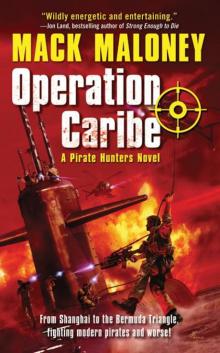 Operation Caribe ph-2
Operation Caribe ph-2 Beyond Area 51
Beyond Area 51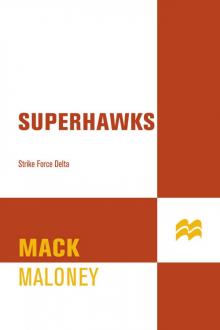 Strike Force Delta
Strike Force Delta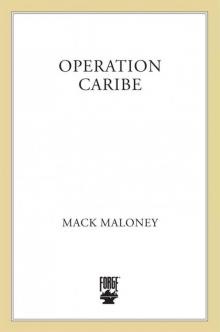 B00447820A EBOK
B00447820A EBOK Strike Force Alpha
Strike Force Alpha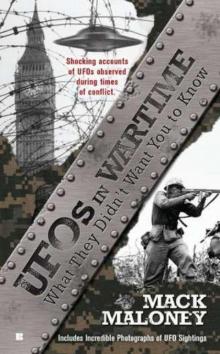 UFOs in Wartime: What They Didn't Want You To Know
UFOs in Wartime: What They Didn't Want You To Know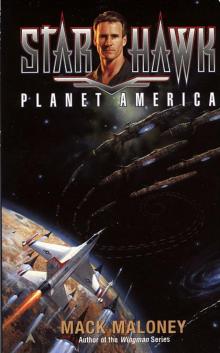 Planet America s-2
Planet America s-2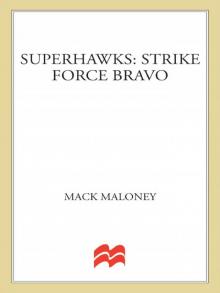 Strike Force Bravo
Strike Force Bravo The Circle War w-2
The Circle War w-2 Operation Sea Ghost ph-3
Operation Sea Ghost ph-3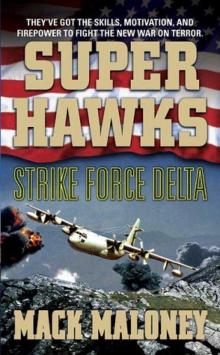 Strike Force Delta s-4
Strike Force Delta s-4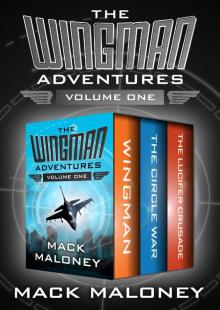 The Wingman Adventures Volume One
The Wingman Adventures Volume One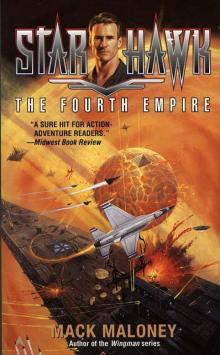 The Fourth Empire s-3
The Fourth Empire s-3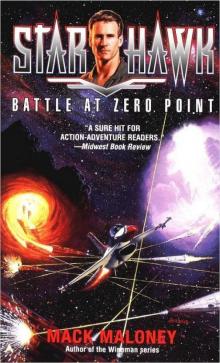 Battle at Zero Point s-4
Battle at Zero Point s-4 Attack on Area 51
Attack on Area 51 Chopper Ops
Chopper Ops B003IKHEWG EBOK
B003IKHEWG EBOK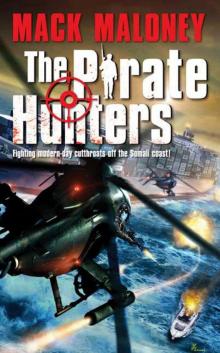 The Pirate Hunters ph-1
The Pirate Hunters ph-1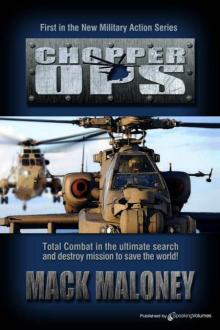 Chopper Ops co-1
Chopper Ops co-1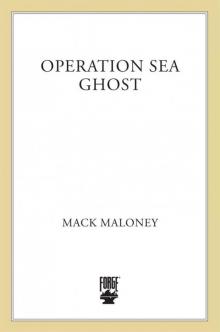 B005J4EW5G EBOK
B005J4EW5G EBOK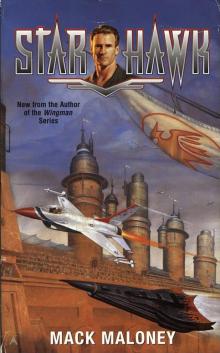 Starhawk s-1
Starhawk s-1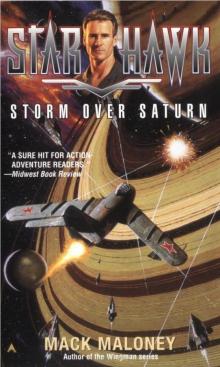 Storm Over Saturn s-5
Storm Over Saturn s-5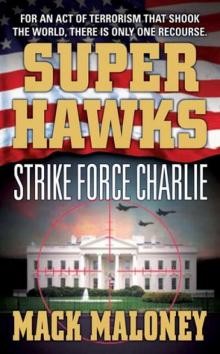 Strike Force Charlie s-3
Strike Force Charlie s-3